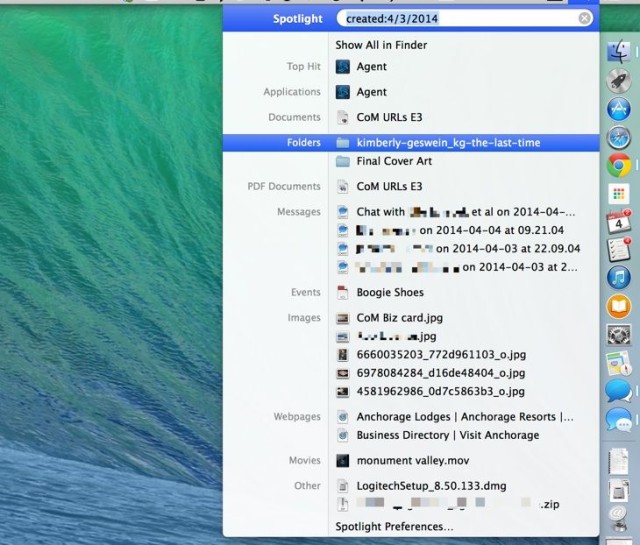How To Make A Directory For A Program On Mac
Disabling Mac startup programs is possible manually. Therefore, if you have some time and would like to do it yourself, follow the steps below. Your login items are listed in settings. You will have to make a folder on the computer (or removable disk) then backup your emails from the computer you are using to the removable disk. If you have an user name on this computer, you will have to find where the email program is storing your emails on the hard drive.
Occasionally, you might want to print or save a list of the files in a directory. Windows doesn’t feature a simple way to do this from its interface, but it’s not too hard to accomplish. Printing a directory listing is probably not something you’ll need to do often, but it can occasionally be useful. Maybe you just want a quick list to compare with another directory.
Essential Mac tools Nos. Shifu chief keef download. 1 and 2: Disk Utility and Apple Software Restore. If you have more than a couple of Macs to deal with, you'll need an easy way to configure them. In our example the ~ is a shorthand name for a special folder on your computer: your home folder. So we are saying we want to list all of our files in our home folder. So we are saying we want to list all of our files in our home folder.
Arabic to english Software - Free Download arabic to english - Top 4 Download - Top4Download.com offers free software downloads for Windows, Mac, iOS and Android computers and mobile devices. Visit for free, full and secured software’s. Arabic translation software. Text can be loaded from a file and the translation pair (English to Arabic or Arabic to English) is chosen from the drop down menu.

Maybe you need to generate a printed list for some work reason. Or maybe you just want a saved list of your installed apps. Whatever your reasons, printing or saving a directory list isn’t too difficult. We’re going to show you a quick way to do it from the Command Prompt (or PowerShell), and a third-party tool that makes things a little easier if you have to do it often. Print A Directory List By Using Windows PowerShell Printing or saving a directory listing using PowerShell is an easy, straightforward process. First you need to open the Command Prompt and get to the directory for which you want to print the contents. You can do this in one of two ways.
The first (and easiest) is to right-click the folder and choose the “Open PowerShell Window Here” command from the context menu. If you already have a PowerShell window open, you could also just navigate to the folder using the cd command. Note: This procedure works exactly the same way whether you use PowerShell or Command Prompt, so use whichever you feel most comfortable with. System software. At the prompt, type the following command (replacing “filename.txt” with whatever you want the resulting file to be named), and then press Enter: dir > filename.txt Windows creates a file in that same directory by whatever name you chose. When you open the file in Notepad, or in your favorite text editor or word processor, you’ll see the same directory listing you would see had you just used the dir command alone at the prompt.

How To Make A Directory For A Program On Macro
If you prefer just a list of the filenames themselves, you can modify the previous command with the /b switch: cmd /r dir /b > filename.txt Note: the cmd /r part of this command tells PowerShell to execute the command as typed and then exit. If you’re using the Command Prompt, you don’t need to add the cmd /r part of this command and would just type dir /b > filename.txt. That command gives you a text file that looks more like this: RELATED: And one more little bonus tip. If you find yourself needing to create a file with directory listings often, we’ve written about a little hack that lets you. That makes things a little more convenient, and also lets you paste the resulting file list into any type of document you want.